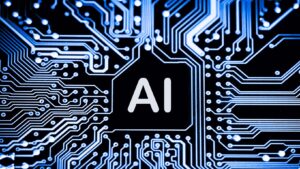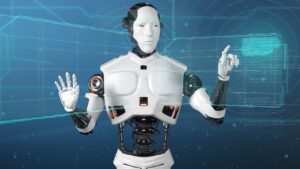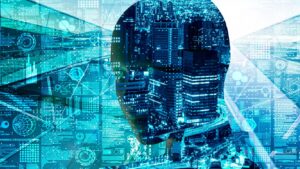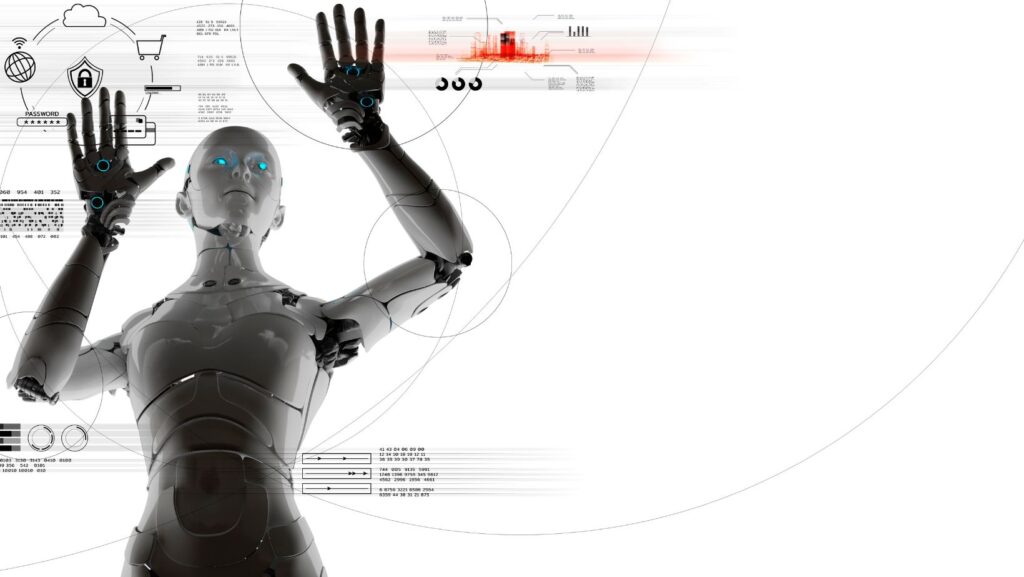In the whirlwind of the digital age, one term that’s become a buzzword is Artificial Intelligence, or AI. This groundbreaking technology is reshaping our world, transforming everything from healthcare to transportation. But what exactly is AI, and why is it so significant?
AI is more than just a tech trend; it’s a revolution in how we live, work, and think. It’s not a distant future concept—it’s here, and it’s changing our lives in ways we’re only beginning to understand. Stay tuned as we delve into the fascinating world of AI, exploring its potential, its challenges, and its impact on society.
Understanding Artificial Intelligence (AI)
Artificial Intelligence refers to the replication of human intelligence processes by technological systems. These processes encompass the ability to learn, reason, perceive, understand language, and devise solutions to complex problems. AI technology aids in automating tasks traditionally done by humans, often providing outputs at greater speed, more consistently, and on a broader scale.

Predominantly, AI is implemented in two forms: Narrow AI and General AI. Narrow AI, also known as Weak AI, focuses on carrying out a specific task, examples include voice assistants or recommendation systems on online platforms. On the contrary, General AI, also called Strong AI, replicates human cognitive abilities, enabling the machines to have multiple capabilities and potentially even exceed a human in most economically valuable work.
The development of AI technology can be credited to various techniques, including machine learning and deep learning. Machine learning provides the system the capability to learn from and interpret data without explicit programming. For instance, email filtering in spam detection accentuates the application of machine learning. Moreover, deep learning, a forefront subset of machine learning, reworks raw data through layers and connections, much akin to the workings of the human brain, to deliver decisive solutions.
The Components of Artificial Intelligence (AI)
Deeply interwoven into AI’s framework are several components, each contributing to its vibrant and innovative appeal. These integral components encompass knowledge engineering, neural networks, expert systems, and robotics, among others.
Knowledge Engineering
Knowledge engineering serves as the bedrock of AI. It’s the technique of creating AI systems that utilize human expertise to solve specific problems. Take weather forecasting, for instance. An AI system can be imbued with a meteorologist’s knowledge, enabling it to predict weather patterns accurately.
Neural Networks

Neural networks, inspired by the functioning of the human brain, contribute significantly to AI. These networks consist of interconnected layers of nodes or ‘neurons’ that process information, similar to how the human brain works. An example of this is image recognition systems, which use neural networks to identify and label distinct components within images.
Expert Systems
Expert systems, central to AI, utilize insight gathered from top-level experts in different fields. When a situation necessitates an expert’s judgement, these systems dispense the necessary wisdom. Medical diagnostic systems are an apt example, providing expert advice on patient diagnosis based on symptoms and medical history.
Robotics
Robotics, another core component of AI, encompasses designing robots that automate tasks they’re programmed to perform. Robots powered by AI can undertake complex tasks, much like manufacturing robots in industries, which provide unmatched precision and speed.
Understanding these components of AI can lead to more effective application and refinement of the technology. They provide the foundation for AI – driving its potential to revolutionize numerous aspects, from economic growth to societal transformation.
Practical Uses of Artificial Intelligence (AI)

After examining the integral components of AI, it’s valuable to explore its practical applications. The versatility of AI allows it to permeate various industries, enriching processes with its automated and sophisticated capabilities.
In the health and wellness industry, AI-driven tools are particularly impactful, where documentation efficiency is crucial. Noterro’s Scribe AI serves as an ideal example of how AI can streamline daily tasks for practitioners. This feature leverages AI to simplify client documentation, allowing professionals to securely manage notes, records, and treatment histories all in one place.
Overall, the practical applications of AI span diverse domains, revolutionizing how operations occur. It optimizes processes, mitigates risks, and enhances decision-making, marking its influence as a game-changing technology. However, effectively harnessing its potential involves understanding and refining the underlying components of AI technology examined previously in this article.
Controversies and Debates Around AI
Artificial Intelligence (AI) has stirred a number of controversies and debates. One primary cause of debate stems from its potential for job displacement. As AI’s capabilities expand, entities across various industries adopt it to automate repetitive, labor-intensive tasks. For instance, AI-based chatbots have supplanted human customer service representatives in many companies, while autonomous vehicle technology casts a shadow over the future of human drivers.

Furthermore, there is fierce debate around the future implications of superintelligent AI. AI systems that surpass human intelligence, creating a paradigm shift known as the “singularity,” could pose significant risks due to their ability to self-replicate, improve autonomously, and potentially act against human interests.
Transparency in AI decision-making is a topic of ongoing contention. AI’s “black box” nature, characterized by how an input leads to an output without an explicit understanding of the process, is problematic, particularly in high-stakes domains like healthcare and judicial systems.
Future of Artificial Intelligence (AI)
Innovative strides, reinforced by the growing integration of technology in every sphere of life, suggest a promising future for AI. From making healthcare diagnoses more accurate and immediate, to helping in the discovery of new drug compounds, AI’s potential seems limitless.

Broadening AI’s potential, autonomous vehicles have witnessed vast improvement. Self-driving cars, far from being a science-fiction concept, now navigate complex real-world traffic situations. Companies like Tesla and Waymo, are already implementing advanced AI systems for autonomy.
Intelligence augmentation, AI coupled with human intelligence, has taken a front seat in technology analysis. AI tools enhance human skills, enabling individuals to work smarter and faster. Examples include recommendation engines such as those used by Netflix and Amazon, that tailor user experiences based on personal preferences and behaviors.
AI in cybersecurity is another arena showing immense potential. Advanced AI algorithms can identify suspicious activity, detect threats, and respond to cyber-attacks quicker than human monitoring systems. IBM’s Watson is an example of cybersecurity AI in operation today.

